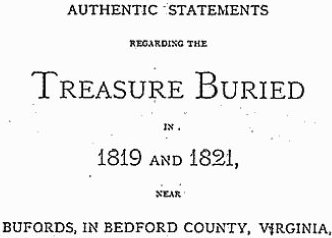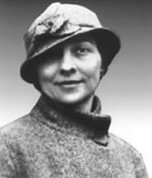
While writing about Julian Bunn’s carroty crib ‘otaldy’ yesterday, it struck me that I haven’t properly posted much about the mystery of the Voynich’s cipher for some time.
To which the right reply is: errr, what mystery are you talking about, Nick? I’ll explain…
At the start of “The Curse of the Voynich”, I noted that the Voynich Manuscript’s cipher…
…appears almost childishly simple, the kind of thing any competent code-breaker armed with pencil and paper would expect to crack in a summer afternoon.
All the same, despite a century’s worth of lazy summer afternoons since Wilfrid Voynich swooshed it out of the Villa Mondragone, none of the legions of cryptologers who has tried to crack it has found so much as a vowel, a consonent, a digit, a comma or a full stop. So much for it being simple!
To a modern cryptogram solver’s eyes, the Voynich appears to be an aristocrat (i.e. with the ciphertext divided up into words) rather than a patristocrat (i.e. with the ciphertext unhelpfully divided up into fixed blocks): and its relatively small number of high frequency symbols makes it seem very much like a simple substitution cipher, with a handful of occasional special symbols creeping in. Really, there seems no reason that it should be anything but a simple substitution cipher. But it’s not! Pause for a second to think what the presence of a phrase such as page f78r’s “qokedy qokedy dal qokedy qokedy” implies… yup, if that’s written in a cipher, it’s definitely not a simple cipher.
From an historian’s point of view, if the radiocarbon dating of the vellum accurately reflects the age of the cipher itself, it would predate the first known polyalphabetic cipher (Alberti 1467) by 25 or more years. The famous castles in the Voynich’s nine-rosette page clearly seem to have the swallow-tail merlons familiar from 14th and 15th century, pointing to a European (possibly even Northern Italian) origin. Historical logic would therefore seem to imply that that it could only use the kind of simple cipher tricks found in European ciphers in the 14th or early 15th century. But it doesn’t!
To a manuscript historian, words written in the Voynichese alphabet contain a number of shapes familiar from medieval manuscripts: for example, aiir and aiiv are page references to the third (‘ii-recto’) and fourth (‘ii-verso’) page of the first (‘a’) quire, and we see these appear throughout the text. Similarly, the letter pattern ‘4o’ (which I’m sure was a scribal shorthand used in 14th century Northern Italy, possibly in legal documents) appears at the start of many Voynichese words. But their curious usage statistics (-iv words massively outnumber -ir words, for example) tell us whatever these letter groups are, they are not what they seem!
The mystery of the Voynich’s cipher, then, is that everything obvious about it is just plain wrong.
* It looks simple to crack, but it isn’t!
* It looks like an ‘aristocrat’ simple substitution cipher, but it’s not!
* It looks too early to be particularly sophisticated, but it is!
* It looks like a mid-to-late 14th century European technical text, but it’s not!
So, what we have here is a right old Gordian knot, exactly the kind of thing you’d have thought Intellectual Historians such as Professor Anthony Grafton would be queuing around the block to bring their Massive Historical Brains to bear upon. They love historical paradoxes, because all it normally requires is subtlety, nerve and quickness of mind to bring whatever unspoken assumption or presumption happens to be blocking the logic to the surface – the fine hairstrand holding the whole knot in place. “The merest of snips and my work is done! Bwahaha… and back to Princeton I go“.
At least, that’s how the Intellectual History script is supposed to go. In reality, the Voynich Manuscript laughs at people’s puny attempts to untie its cipher’s tangly knot: it’s smarter – in fact, much smarter – than that.
Specifically, anyone who tries to pitch the whole postmodernist it’s-a-hoax-so-it-is brick at the Voynich’s shiny windows deserves to be shot, basically for not taking something so clever seriously. Look, guys, Voynichese has so much structure on so many levels, it’s almost fractal: only gibberish generated by a computer could ever exhibit such a convoluted set of rules.
Ultimately, then, the mystery of the Voynich is why any explanation has to satisfy such an apparently paradoxical set of multidimensional constraints. Lord knows I’ve tried to do this (and I remain convinced that what I presented in “The Curse of the Voynich” will turn out to have got 90% of the way to the right answer, even if the last 10% is still unbelievably hard), but it’s a rare Voynich researcher who faces these full on and still manages to be productive.
Do you? 😉





